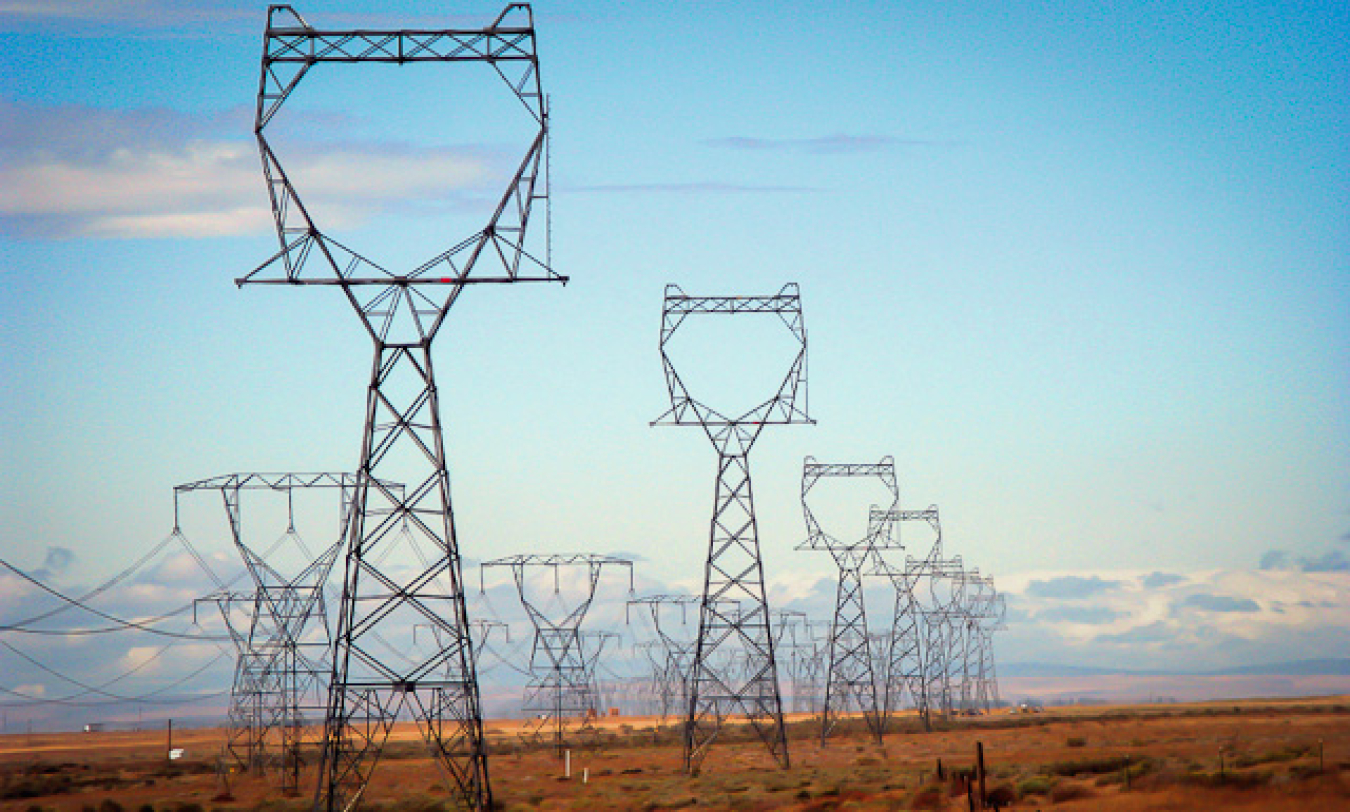
A 21st Century Grid includes increasing the overall efficiency of our generating, transmission and distribution system to facilitate the growth of renewable energy sources. | Energy Department Image
The so-called “grid” is not just an electrical transmission and distribution system. It is the integration of transmission and distribution with power generation. Edison invented the light bulb, the phonograph and the first electrical generating and distribution system. If he were transported in a time, Edison would be amazed by progress in lighting and sound recording, such as the LED light or the iPod. On the other hand, he would easily recognize much of the basic technology behind today’s power system.
We need a 21st century electric grid for a 21st century economy. The bottom line is that we must have an efficient electricity infrastructure to compete in the global economy.
Today, China has the highest voltage and capacity transmission lines. Ireland and Spain have a grid system that efficiently integrates large percentages of wind onto the power grid. We can’t let the rest of the world pass us by.
We need to modernize the grid to:
- Improve reliability, especially as we face new complexities like two-way energy flow and cyber security challenges.
- Increase the overall efficiency of our generating, transmission and distribution system.
- Facilitate the growth of renewable energy sources like solar and wind, and enable electric vehicles and dispersed generation. The U.S. needs an electricity system that can automatically synchronize intermittent renewable energy sources with fossil energy generation and energy storage.
A modern grid must be able to support both distributed and central generation. A modern electric grid is critical to meeting the President’s goals of generating 80 percent of electricity from clean energy sources by 2035 and putting one million electric vehicles on the road by 2015.
And as we undertake transmission and distribution planning, states, regions and national entities need to fully understand all the options and their benefits and trade-offs. The modern grid also will give businesses and consumers the tools to better manage their energy use and costs.
Modernizing the electric grid won’t happen overnight, but we need to take the long view and get started now.
There are enormous economic opportunities for utility companies, merchant generators, market operators, regulators, entrepreneurs and engineers to achieve benefits such as better utilization of electricity generation and transmission assets.
President Obama is committed to creating a 21st century electric grid. The 2009 economic stimulus law made a good start – including $4.5 billion to upgrade the grid.
Today, I'm pleased to annouce that we have installed more than 5 million smart meters and 140,000 programmable communication thermostats, nationwide.
Through the Recovery Act, we are deploying smart grid technologies and supporting research and demonstration projects, workforce development and more.
Our efforts are helping to improve reliability, efficiency and customer service.
Recovery Act efforts are a start, but more needs to be done. To modernize the grid, we will need:
- Innovative business models that reward efficiency and improved performance.
- Dialogue and cooperation – between government agencies; between states and regions; and between stakeholders, including utilities, regulators and consumers. The Energy Department can be a facilitator to share best practices and lessons learned.
- New technologies in areas like energy storage, advanced power electronics, grid modeling and cyber security.
We look forward to working with interested parties to seize this opportunity and build a smarter, stronger, and more secure electric grid.
For more information about the Department's smart grid activities visit the Smart Grid Website.
